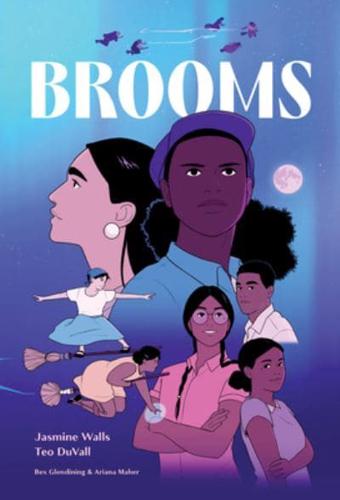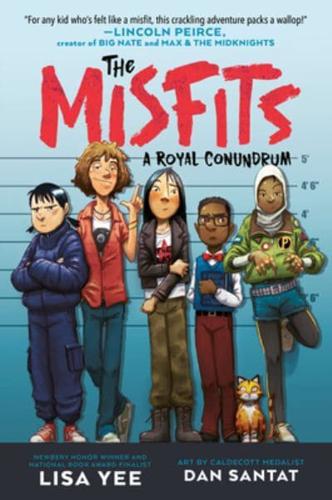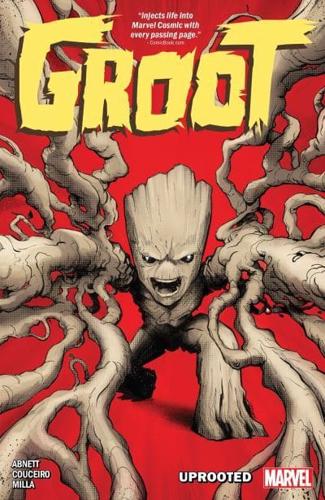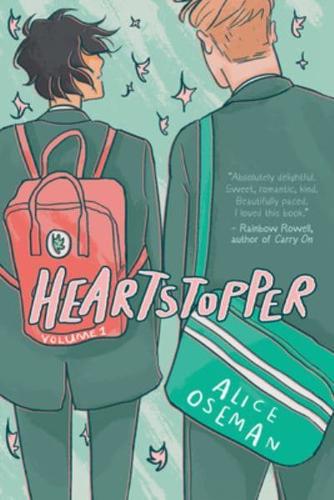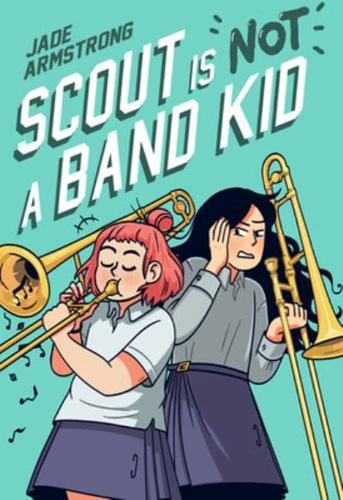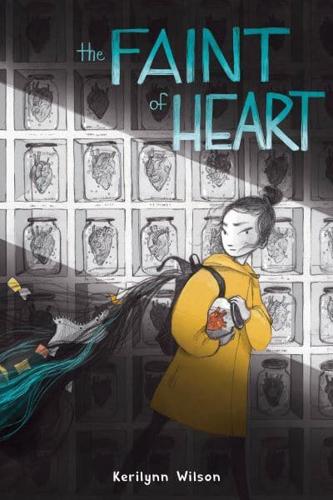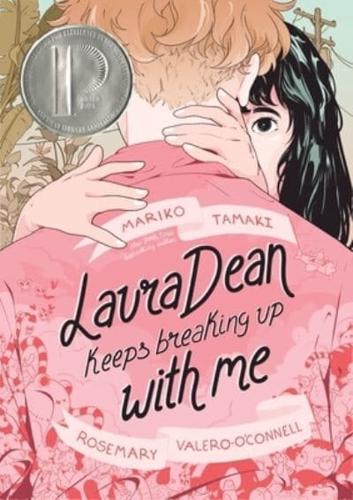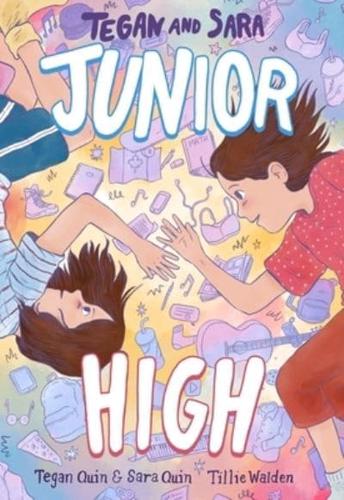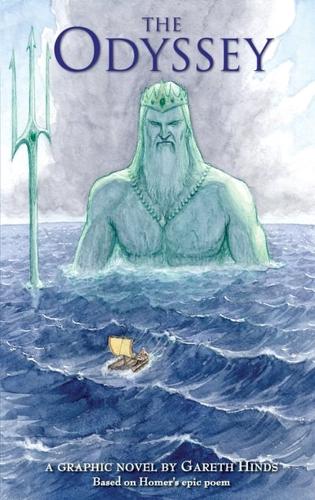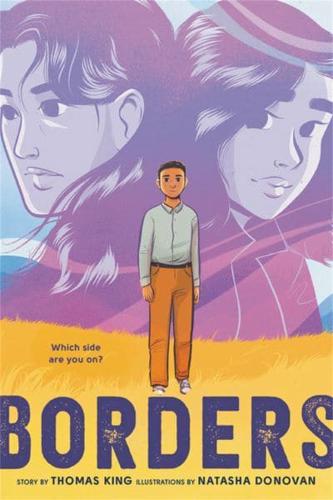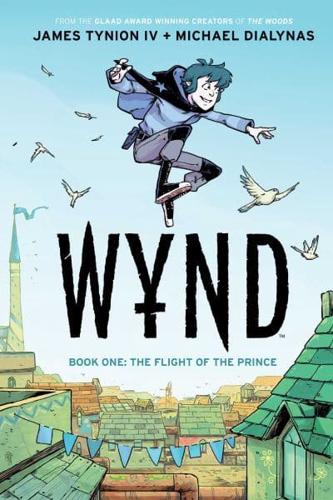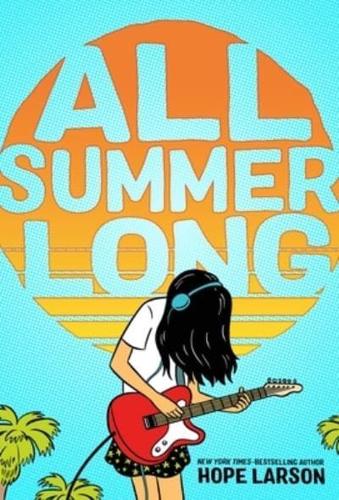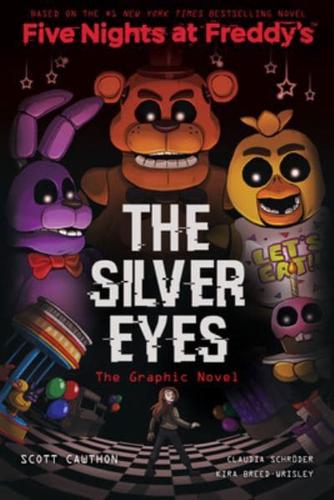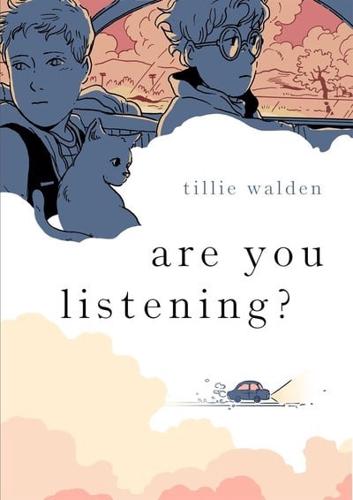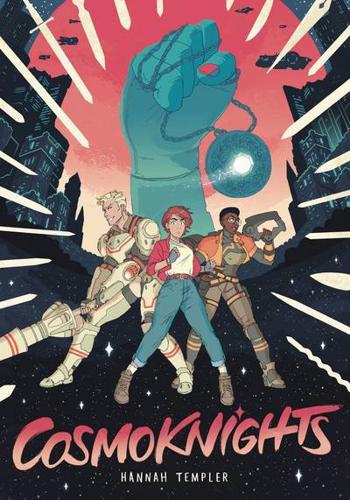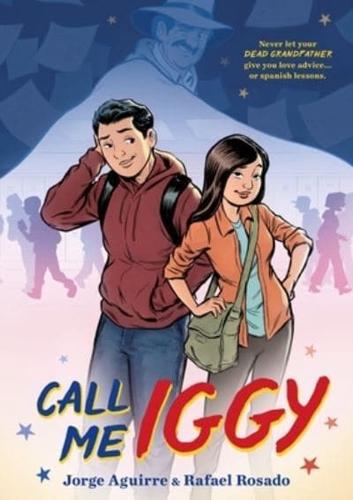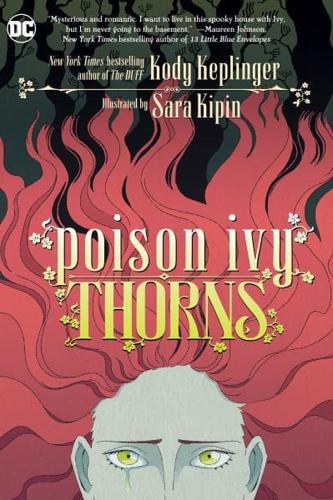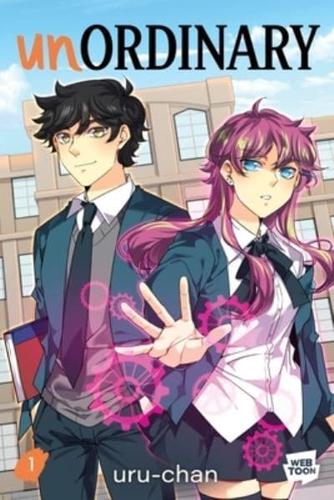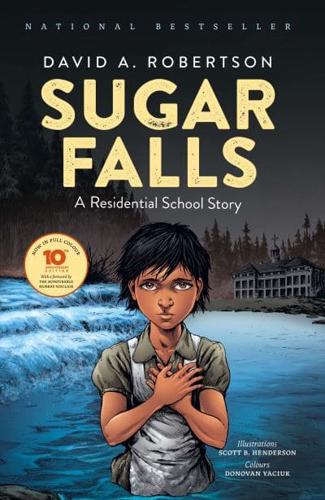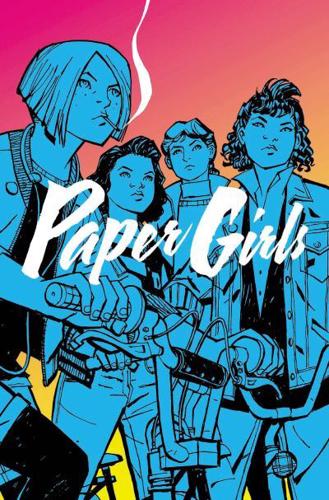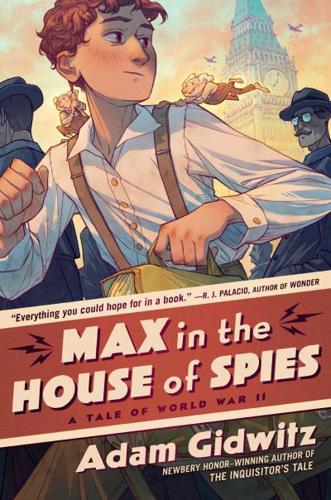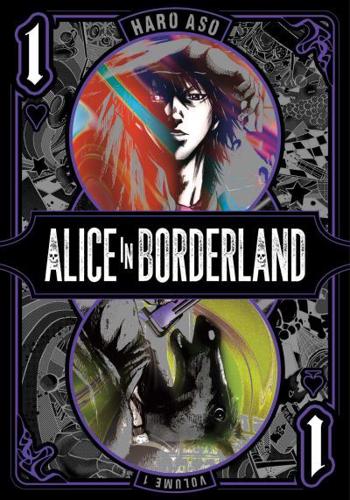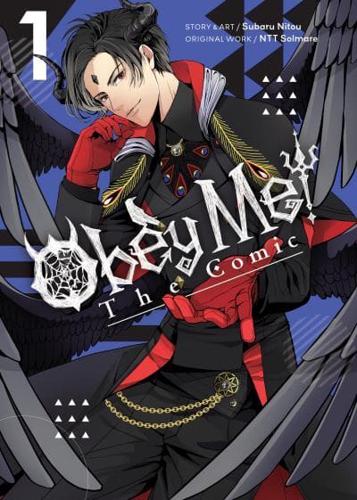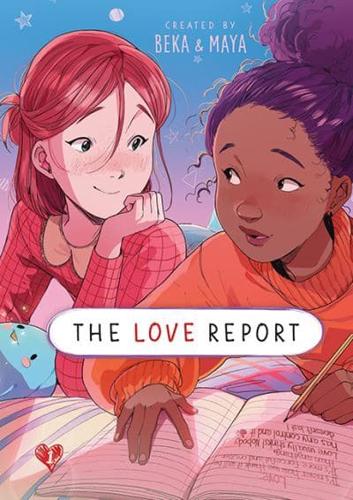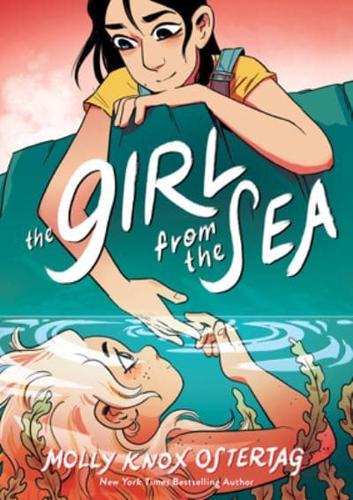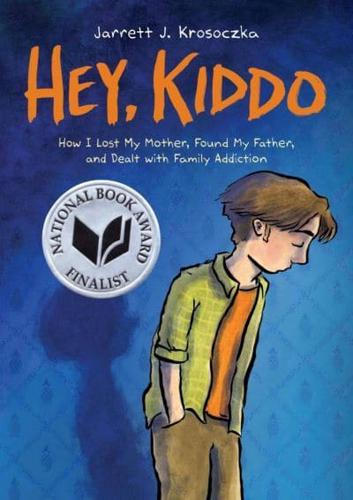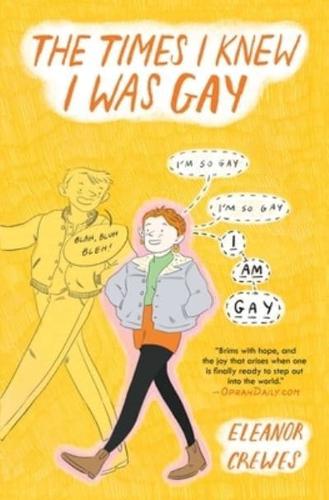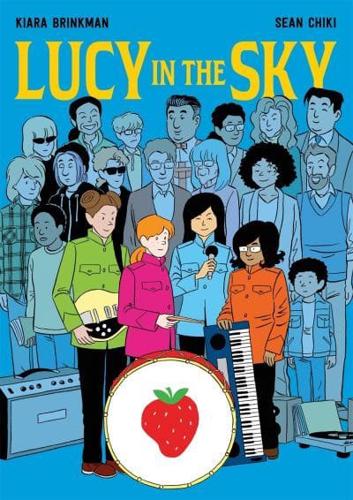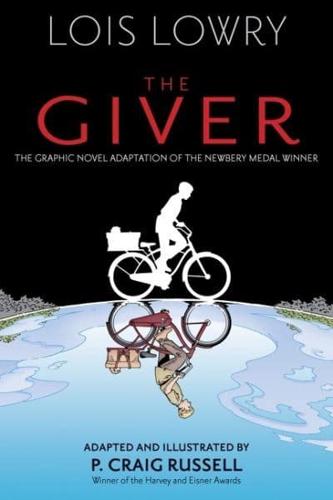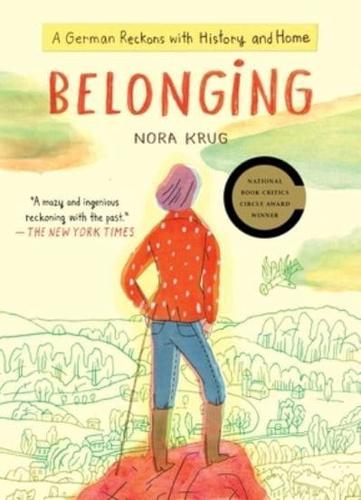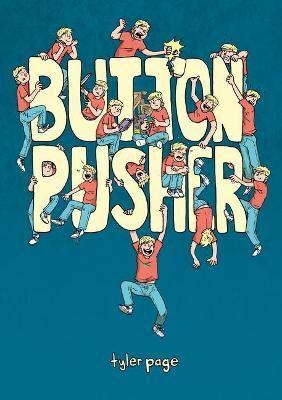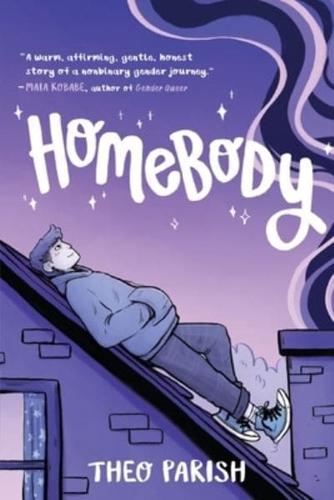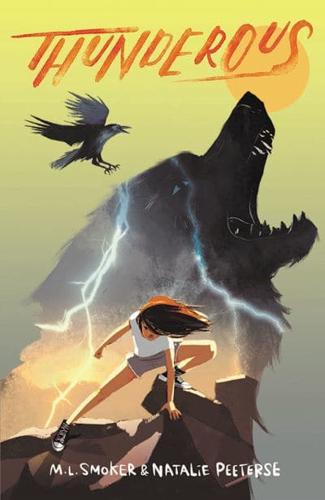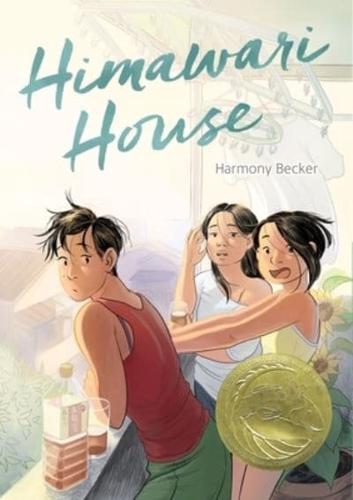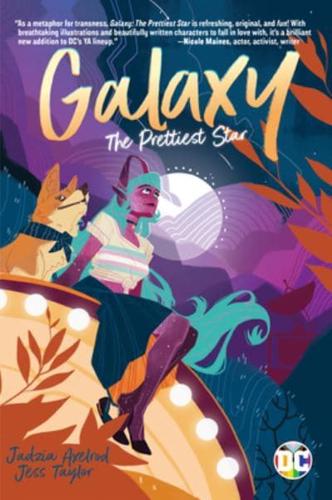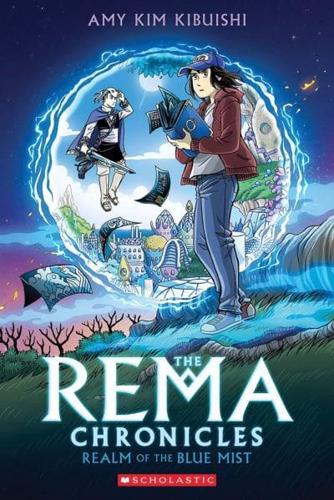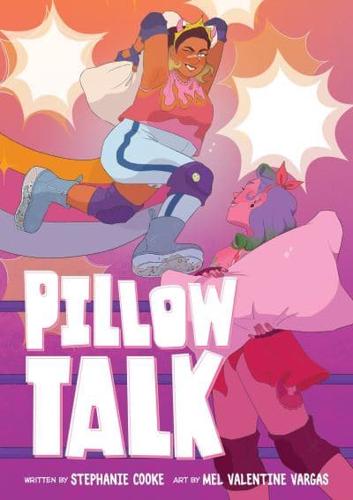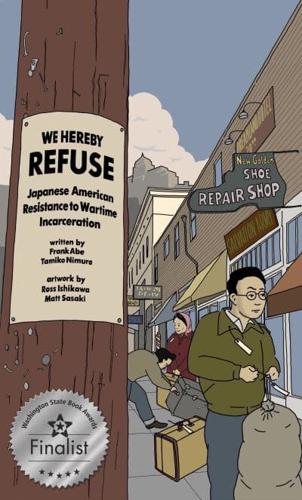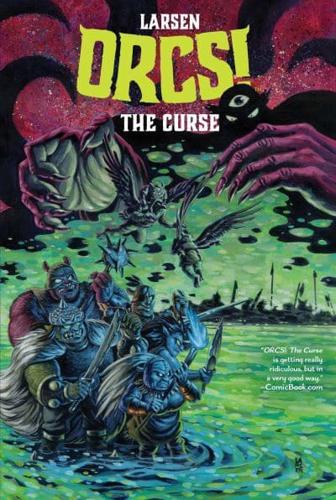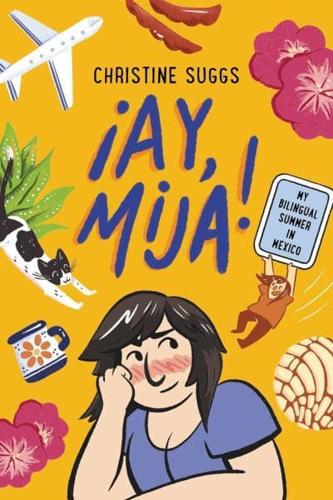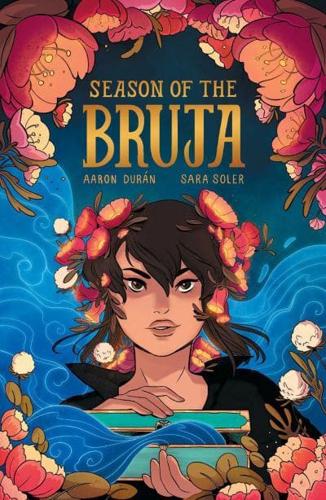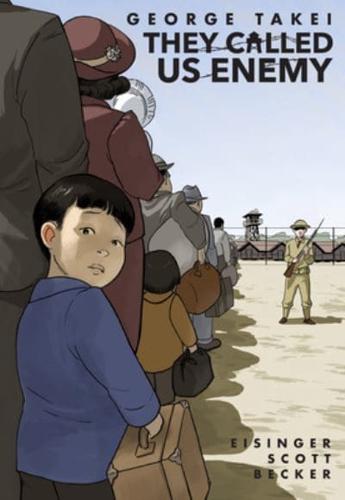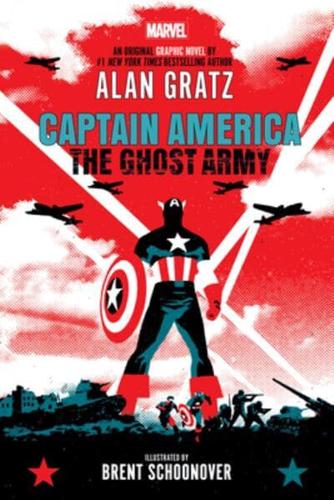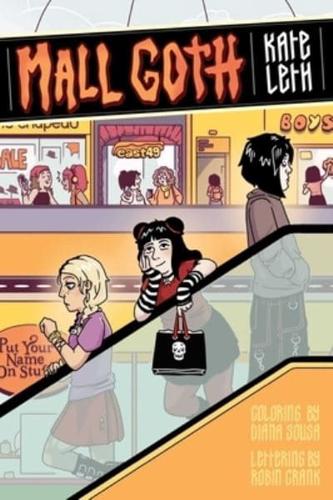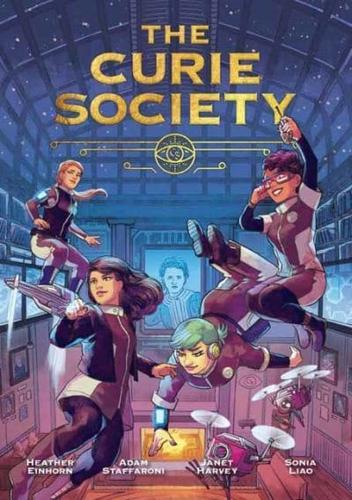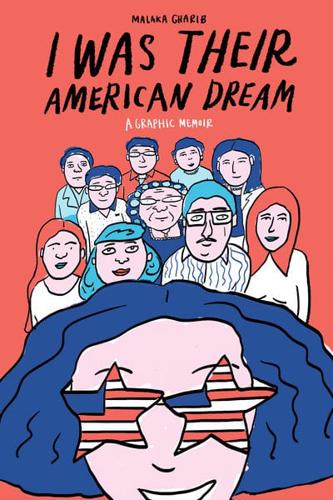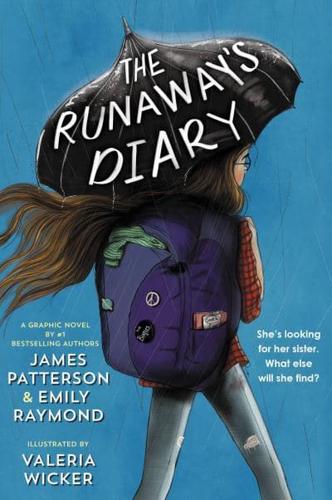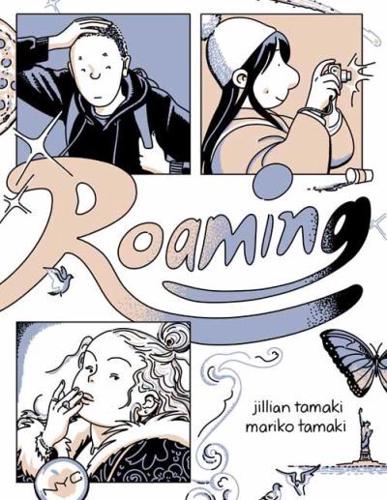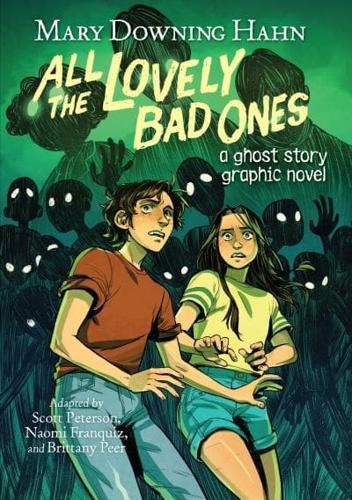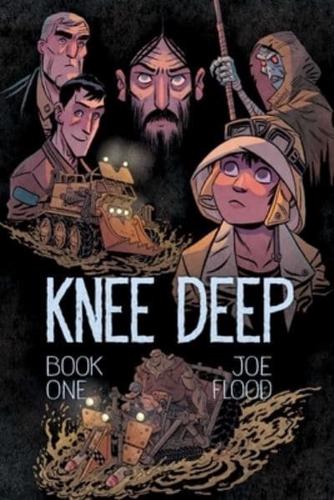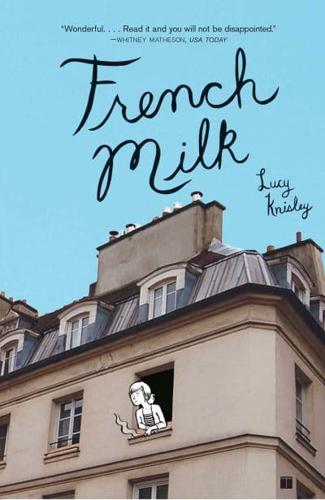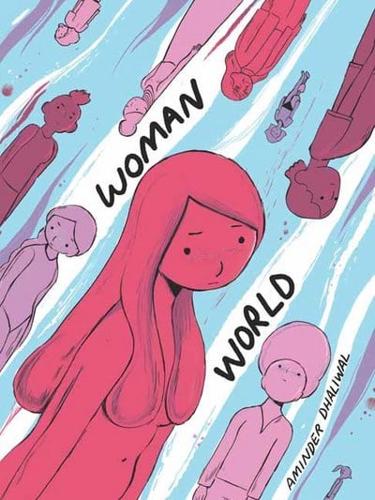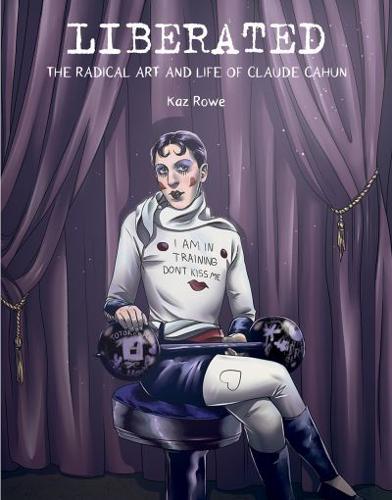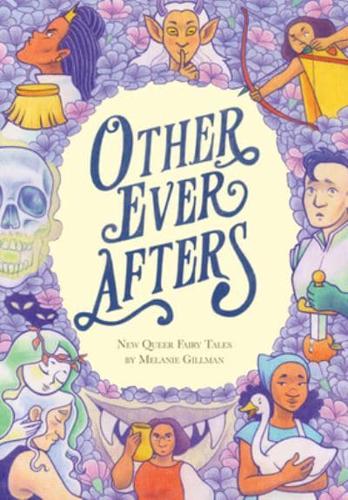Graphic novels for teens
Graphic novels for teens use art and dialogue to tell layered stories, whether it’s fantasy, sci-fi, romance, memoir, or everyday drama. They often tackle themes that hit close to home for teenagers – identity, friendships, social struggles, or figuring out who you are. The blend of visuals and text makes them approachable for all kinds of readers while still offering depth. They also build visual and cultural literacy, spark critical thinking, and give teens fresh perspectives in a format that feels current and engaging. This list features books by Alice Oseman, Mariko Tamaki, Jillian Tamaki, Lois Lowry, Molly Knox Ostertag, James Tynion IV, Brian K. Vaughan, George Takei, Dan Santat, and Gareth Hinds.
Graphic novels for teens – our recommendations
Click the buttons below to purchase all of the books in this graphic novel book list, as well as classroom sets of any of these books and many more, from Bookshop.org. Or buy the 20 most popular titles from this list from Amazon – ideal for gifts or stocking your school library. If you are ordering from outside the US, have a look at our ‘worldwide orders’ page which makes this process easy.
Buy from Bookshop.Org Buy from Amazon Worldwide orders
Disclosure: we are an affiliate of Bookshop.org and we will earn a commission if you click through and make a purchase; as an Amazon Associate k-12readinglist.com earns from qualifying purchases.
Please do share or link to this page via social media, but refrain from copying or reproducing our graphic novel book synopses. Please respect intellectual property and copyright. Thank you.
Graphic novels for teens – resources for teachers
- Library of Congress – Political Cartoons & Public Debates (Primary Source Set) Ready-to-teach primary sources, guides, and analysis tools that transfer directly to graphic-novel panels, visual rhetoric, and argument.
- Library of Congress – Comic Art: Events & Resources Teacher materials anchored to LC’s comics holdings, including “Pictures Worth Reading: A Teacher’s Guide to Comics,” for close reading, sequencing, and visual-literacy work.
- Billy Ireland Cartoon Library & Museum (OSU) – For Educators Lesson ideas, collection access, and museum-developed activities that illuminate craft, satire, and historical context—excellent for extending YA graphic narratives.
- The Opper Project (OSU History Teaching Institute) Standards-aligned lessons using editorial cartoons (immigration, civil rights, media literacy) that map cleanly to teen graphic novels’ themes and visual analysis.
- Smithsonian Learning Lab – Comic Book Collections (Educator-curated) Hundreds of digitized comics and educator collections for inquiry tasks on layout, symbolism, and historical framing in sequential art.
- San Diego State University – Comics for K-12 Educators University-run guidance, classroom applications, and sample activities connecting comics to critical literacy, civics, and social justice for secondary ELA.
- NCTE – What Can Comics Do? Empathy & Critical Literacy Practice-focused strategies from a national ELA organization for integrating graphic novels to build interpretation, perspective-taking, and discussion protocols.
- Smithsonian Libraries – For Educators Information-literacy and source-evaluation modules that pair well with teen graphic journalism, memoir, and documentary comics units.
BISAC JUV008000 Graphic novel, comic book, manga | Thema XQ
